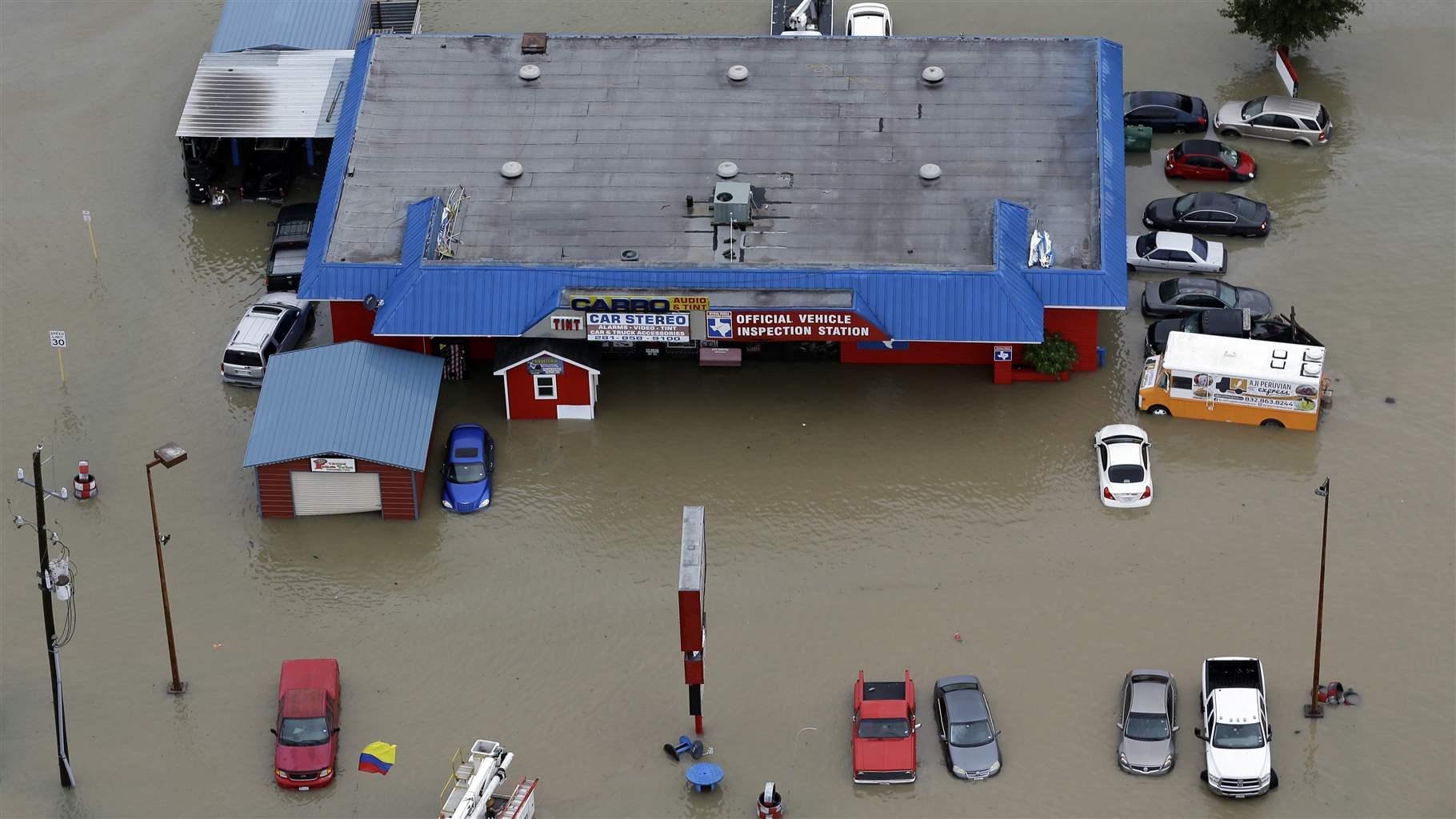Small Businesses Nationwide Call on Congress to Prioritize Flood-Ready Infrastructure
More than 500 leaders support making infrastructure better able to withstand flooding

More than 500 small-business leaders from all 50 states have signed a letter to Congress urging legislative action to ensure that the nation’s infrastructure is flood ready.
The letter stressed the role that resilient infrastructure plays in allowing local businesses to stay open during and after a flood.
Accounting for 99.9 percent of U.S. businesses, the small-business sector is highly vulnerable to floods. The Federal Emergency Management Agency reports that 40 to 60 percent of small businesses never reopen after a disaster, and 90 percent of smaller companies fail within a year unless they can resume operations within five days.
Even those that do reopen often grapple with lasting impacts. In Columbia, S.C., family-run Forest Lake Fabrics lost $1 million in inventory to flooding in 2015. Despite those losses, owner Michael Marsha didn’t see closing as an option.
“I owned the property and I needed to get back in business,” he said. “I need to make sure that in the future, the property maintains its value for me and my children’s future. Where I am is special. It’s a mile from where I grew up. I’m not going to run for it.”
Likewise, flash flooding last summer in Bridgeville, Pa., wiped out everything inside the Blanc Printing Co. store. It lost about $1 million worth of assets and $50,000 in business operations in just the first month after the flood. To co-owner Steve Martin, the cause for much of this flooding is obvious.
Martin blames overdevelopment and a lack of upgrades to bridges, culverts, retention ponds, and other infrastructure to withstand the increased amounts of stormwater.
“You just can’t keep building and taking away from the area where the water runoff would go and paving it. It’s got to go somewhere,” he said. “There’s some definite lack of planning somewhere that needs to be addressed.”
Loss of merchandise and damage to facilities are not the only ways that businesses suffer after a flood. Sales at 70-year-old Three Brothers Bakery in Houston dropped by 25 percent in the year after flooding from Hurricane Harvey. This type of loss is often tied to what’s outside a business’s walls: a city’s infrastructure. It must be dependable so that businesses can keep their lights on and doors open. When roads and bridges close, supply chains are delayed, and employees along with and customers can’t reach local businesses. Although Three Brothers Bakery managed to get back up and running, plenty of small businesses in the area did not.
“We know a lot of restaurants that went out of business,” said the bakery’s owner, Janice Jucker. “A lot of businesses where you have hourly workers and very small margins, those were the ones that had a hard time making it.”
If the federal government continues with the status quo, local communities and the small businesses they depend on will continue to needlessly suffer when waters rise.
Congress and the Trump administration can help people and economies thrive in the face of disasters by making the nation’s infrastructure more resilient. Strengthening flood-ready standards for all federally funded construction in flood-prone areas can benefit communities and businesses alike by increasing their ability to withstand disasters, shorten recovery times, and save taxpayer dollars through avoidance of damage from future storms.
Forbes Tompkins is an officer with The Pew Charitable Trusts’ flood-prepared communities initiative.












